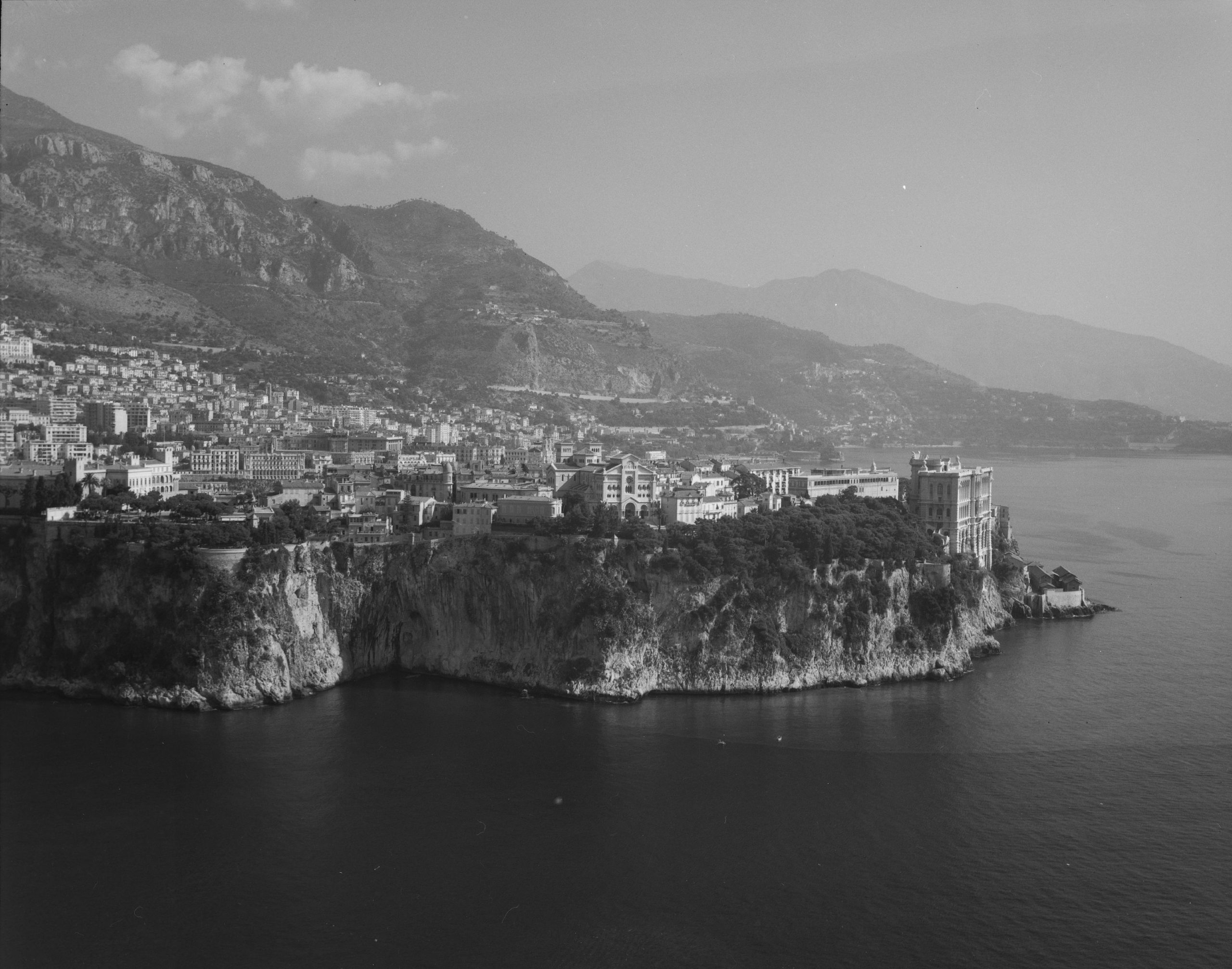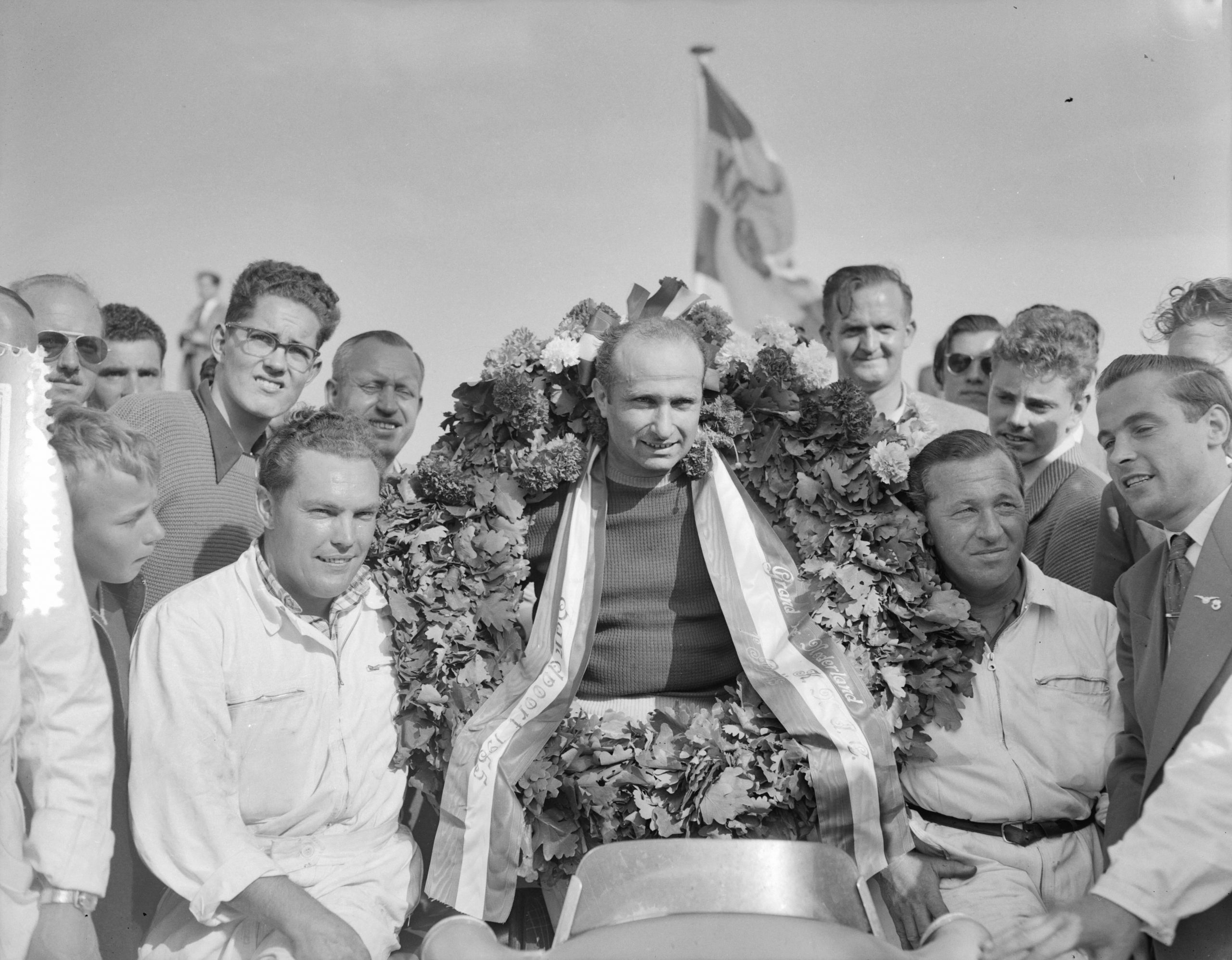“Unknown Austrian beats [Graham] Hill at Crystal Palace Circuit”, is one of the headlines of the British press in 1964. The “unknown Austrian” had just defeated the legendary Graham Hill. Soon it was no longer a secret that the “unknown” was Jochen Rindt – Rindt had just bought a Brabham Formula 2 racing car with the money from an inheritance and immediately scored his first successes.
Strictly speaking, he wasn’t Austrian at all: Jochen Rindt was born in the German city of Mainz in 1942 and grew up with his grandparents in Austria because his parents had died in a bombing raid in Hamburg during the Second World War. Rindt always had an Austrian racing licence, but he never gave up his German citizenship.
Frank Williams is said to have been a big fan of Jochen Rindt from the very beginning – but in the sixties Williams was nowhere near the legend status with which he is associated today. Who was the man who, in 1964, was still at the very beginning of his career as a racing driver and defeated one of the most famous racing drivers of the time?
Berghe von Trips
In 1961, Jochen Rindt attended his first Grand Prix together with his childhood friend Helmut Marko, today head of motorsport at one of the most successful Formula One racing teams: it was then that the young motorsport enthusiast Rindt is said to have first confessed that he wanted to become a Formula One driver one day – the German racing driver Wolfgang Graf Berghe von Trips, who died on the racetrack not long afterwards, is said to have been an inspiration for the young Rindt. Von Trips was posthumously crowned vice world champion in 1961: the German racing driver was not to remain the only Formula One driver to receive such an honour posthumously… When Rindt told his friend Helmut Marko about his vision, Marko did not quite understand at first: Austria was almost insignificant in international motor sport at that time. There was neither a Grand Prix in Austria, nor were there any Austrian drivers in Formula 1.
Rindt’s path led him straight onto the race track.
Formula 1 debut
Thus it came about that Jochen Rindt mainly competed in mountain races and airfield races at the beginning of the sixties: In 1963, the young racing driver is said to have realised that motorsport was apparently in his blood. After two years of active motorsport, Jochen Rindt’s future path in life was pretty clear. His childhood friend Helmut Marko went to university – Rindt’s path led him straight onto the race track.
It was at this time that Jochen Rindt raced in Formula 2 for the first time: anyone who had a successful career in Formula 2 at that time was an extremely promising candidate for Formula 1. As for almost every professional motorsport driver, Rindt’s ultimate goal was to get a cockpit in Formula 1 – which at that time was still called the Automobile World Championship.
At the very first Austrian Grand Prix on 23 August 1964, Jochen Rindt made his Formula One debut: Rindt drove a Brabham BT11 for the Walker Race Team. Although the Austrian Grand Prix was to remain Rindt’s only race start in 1964, the representatives of a British fuel company were very interested in arranging a permanent Formula 1 cockpit for Jochen Rindt in the 1965 season. But before Jochen Rindt became a serious competitor for all the established Formula 1 drivers, he was to achieve one of the greatest successes of his career outside Formula 1…
24 Hours of Le Mans
Jochen Rindt had already competed in the 24 Hours of Le Mans in 1964: Speaking about his experience of driving a Ferrari 250LM during the 24-hour race, he said it was the first time he had experienced real speed in a vehicle. Rindt had not had any driving experience up to that point in a car whose technology and bodywork allowed it to reach almost 300 km/h on the race track.
In 1965, Rindt was again invited to take part in the 24-hour race: Together with US racing driver Masten Gregory, Jochen Rindt formed a driving team.
Two other teams that drove a Ferrari 250LM took part in the 24 Hours of Le Mans: The competition was thus enormous. After an unprecedented overnight catch-up, Jochen Rindt’s team became serious competition for the other teams driving a Ferrari. Rindt left the last 90 minutes of the 24-hour race to his team-mate Masten Gregory: Jochen Rindt’s triumph in the 24-hour race at Le Mans in 1965 was one of the greatest successes of his career and took him a big step further towards a successful Formula One career.
Formula 1: One Big Family
For the 1965 Formula 1 season, Jochen Rindt was contracted to the Cooper Car Company: His time at Cooper was not marked by any major successes, with Rindt only achieving a World Championship finish of third in 1966.
At that time, everyone who was involved in Formula One or was a driver was part of a big family: the main idea was racing. So it happened that the teams even exchanged engines with each other – there was no trace of the fierce and relentless competition of today: Although there was undoubtedly competition among the drivers and teams during the races, this competition was put into perspective again after the end of each race – quite unlike today.
Even when Jochen Rindt switched to the Brabham team in 1968, his chances did not improve: Rindt had to retire his car in ten of twelve world championship races.
Colin Chapman
In the meantime, Jochen Rindt had caught the attention of Colin Chapman, team boss of the Lotus team: the Lotus founder’s racing cars were considered the ultimate at the time, but the design of the Lotus racing cars placed less emphasis on safety and more on lightness and performance.
Chapman offered Rindt a contract for the 1969 Formula One season:
“I have never had any confidence in Lotus,” Rindt said of the Formula One team at the time. The decisive factor for Rindt accepting Chapman’s offer was the high probability of winning a world championship title with a Lotus. Numerous decisions by Chapman regarding the construction of the cars – especially with regard to driver safety – regularly caused disagreements between team boss and driver.
It was not least due to the technical superiority of the Lotus cars that Jochen Rindt won his first Grand Prix with the 1969 US Grand Prix. It was the first time that an Austrian driver had won a Grand Prix: as a result, a real motorsport hysteria broke out in Austria, bringing a broad mass of people in Austria closer to Formula 1 for the first time.
“My biggest concern is that something might break on the car.”
Victory in Monaco
In the 1970 Formula 1 season, Jochen Rindt once again competed as a driver for the Lotus team: At the 1970 Monaco Grand Prix, the racing driver took his second Grand Prix victory during a magical race. In the course of the race, Rindt made up ground, which only led to victory in the last lap – in retrospect, Rindt described the 1970 Monaco Grand Prix as his best race. The fact that Princess Gracia Patricia of Monaco presented the driver’s trophy to a racing driver with an Austrian licence was a premiere.
For the first time, Jochen Rindt was considered a serious contender to win the World Championship: his subsequent victories in the Netherlands, France, Great Britain and Germany promoted Rindt to the front of the race for the Drivers’ Championship.
“My biggest concern is that something might break on the car. Because I feel that I am personally good enough not to make a mistake. But I’m not sure if I can control the car if something goes wrong with the car,” Rindt said during the 1970 Formula One season.
No driving error
Rindt’s fears were to prove tragically true: In the final practice for the 1970 Monza Grand Prix, it was not a driving error that cost Jochen Rindt his life. It was due to the breakage of the front right brake shaft, which is why Rindt’s racing car crashed into the crash barrier in the Parabolica curve and subsequently spun several more times. According to his close friend Jackie Stewart, Rindt died on the track. Rindt’s idol Berghe von Trips had crashed at the same spot nine years earlier.
Although the 1970 Formula One season included four more races, Rindt had taken enough victories in the current season to be posthumously honoured with the world championship title. To this day, he is the only Formula 1 driver to have won the world championship posthumously.
Jochen Rindt’s achievements in motorsport not only helped Austrian motorsport to gain massive importance: Rindt influenced entire generations of subsequent racing drivers.
Cover picture: Jochen Rindt (r.) and Colin Chapman (l.) during Free Practice at the 1970 Zandvoort Grand Prix
Picture credit: Fotograaf Evers, Joost / Anefo, Nationaal Archief, CC0
Main source: Tremayne, David: Jochen Rindt – Uncrowned King of Formula 1, 2020 Evro Publishing

 Deutsch
Deutsch



